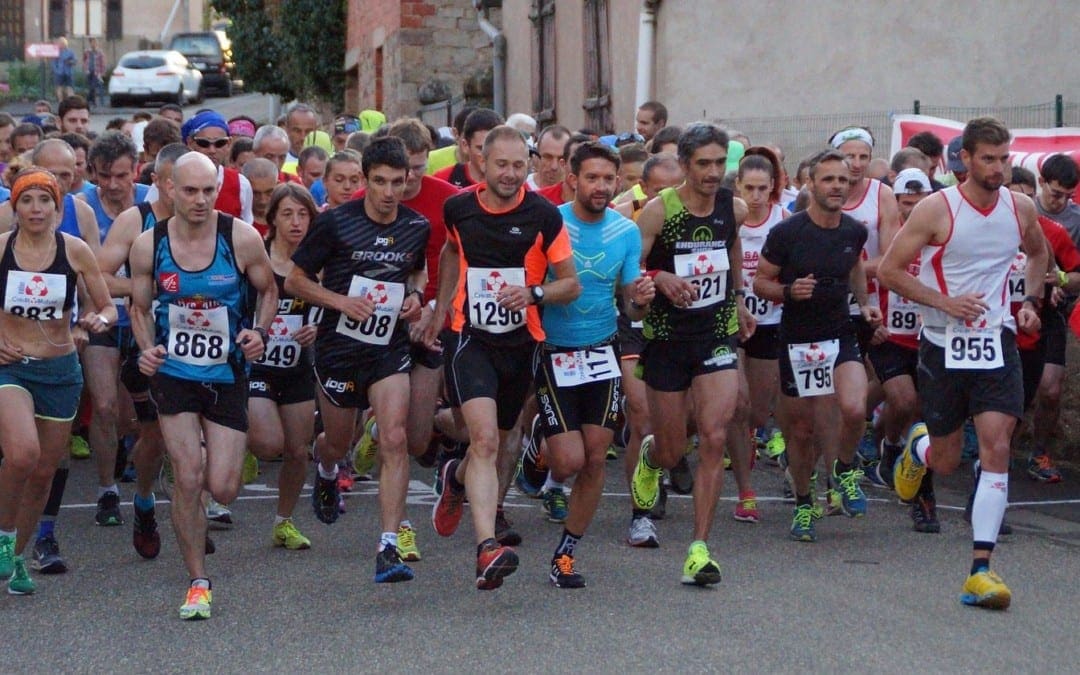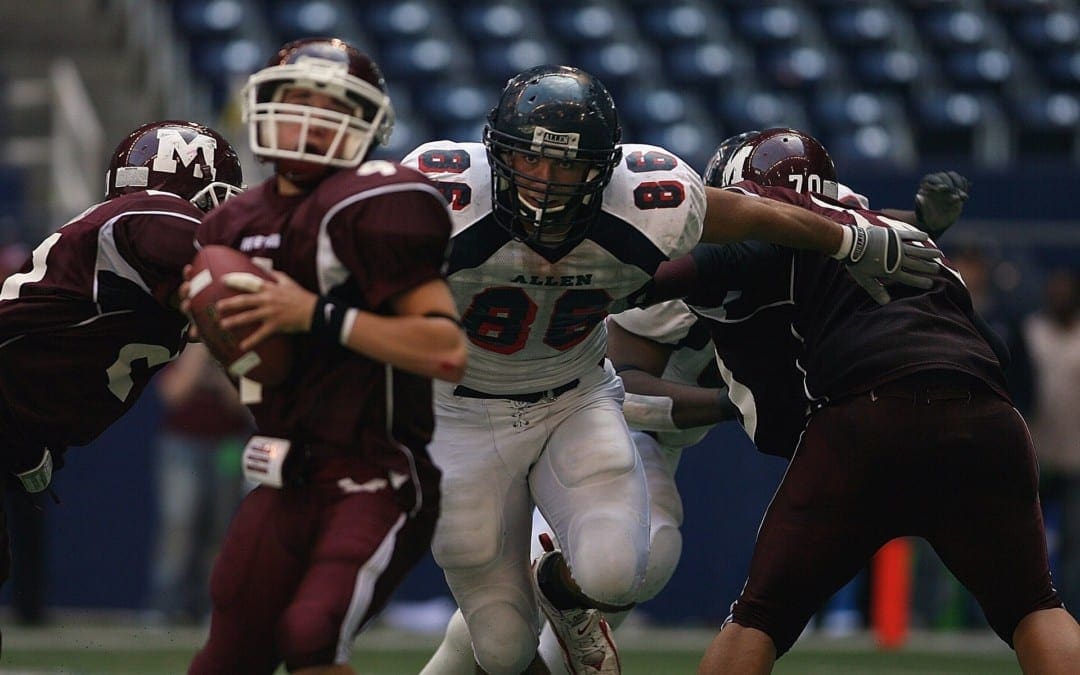Our very own Andres Acosta made his way across the Borderland this week, taking in the most interesting games and shooting the action. Check out his work in this week�s �Story in Many Pics�
Austin Vs El Paso- EPHS Centennial Celebration
Chapin Huskies vs Bowie Bears,
Chapin Huskies vs Bowie Bears,
Austin Vs El Paso- EPHS Centennial Celebration
Chapin Huskies vs Bowie Bears,
Austin Vs El Paso- EPHS Centennial Celebration
Austin Vs El Paso- EPHS Centennial Celebration
Austin Vs El Paso- EPHS Centennial Celebration
Chapin Huskies vs Bowie Bears,
Austin Vs El Paso- EPHS Centennial Celebration
Chapin Huskies vs Bowie Bears,
Chapin Huskies vs Bowie Bears,
Chapin Huskies vs Bowie Bears,
Chapin Huskies vs Bowie Bears,
Chapin Huskies vs Bowie Bears,
Chapin Huskies vs Bowie Bears,
Austin Vs El Paso- EPHS Centennial Celebration
Chapin Huskies vs Bowie Bears,
Austin Vs El Paso- EPHS Centennial Celebration
Austin Vs El Paso- EPHS Centennial Celebration
Austin Vs El Paso- EPHS Centennial Celebration
Chapin Huskies vs Bowie Bears,
Austin Vs El Paso- EPHS Centennial Celebration
Austin Vs El Paso- EPHS Centennial Celebration
Austin Vs El Paso- EPHS Centennial Celebration
Chapin Huskies vs Bowie Bears,
Chapin Huskies vs Bowie Bears,
Chapin Huskies vs Bowie Bears,
Austin Vs El Paso- EPHS Centennial Celebration
Chapin Huskies vs Bowie Bears,
Austin Vs El Paso- EPHS Centennial Celebration
Austin Vs El Paso- EPHS Centennial Celebration
Austin Vs El Paso- EPHS Centennial Celebration
Austin Vs El Paso- EPHS Centennial Celebration
Austin Vs El Paso- EPHS Centennial Celebration
Chapin Huskies vs Bowie Bears,
Chapin Huskies vs Bowie Bears,
Austin Vs El Paso- EPHS Centennial Celebration
Austin Vs El Paso- EPHS Centennial Celebration
Austin Vs El Paso- EPHS Centennial Celebration
Austin Vs El Paso- EPHS Centennial Celebration
Austin Vs El Paso- EPHS Centennial Celebration
Austin Vs El Paso- EPHS Centennial Celebration
Austin Vs El Paso- EPHS Centennial Celebration
Austin Vs El Paso- EPHS Centennial Celebration
Austin Vs El Paso- EPHS Centennial Celebration
Austin Vs El Paso- EPHS Centennial Celebration
Austin Vs El Paso- EPHS Centennial Celebration
Chapin Huskies vs Bowie Bears,
Chapin Huskies vs Bowie Bears,
Chapin Huskies vs Bowie Bears,
Chapin Huskies vs Bowie Bears,
Austin Vs El Paso- EPHS Centennial Celebration
Chapin Huskies vs Bowie Bears,
Chapin Huskies vs Bowie Bears,
Austin Vs El Paso- EPHS Centennial Celebration
Austin Vs El Paso- EPHS Centennial Celebration
Austin Vs El Paso- EPHS Centennial Celebration
Austin Vs El Paso- EPHS Centennial Celebration
Chapin Huskies vs Bowie Bears,
Austin Vs El Paso- EPHS Centennial Celebration
Chapin Huskies vs Bowie Bears,
Austin Vs El Paso- EPHS Centennial Celebration
Austin Vs El Paso- EPHS Centennial Celebration
Austin Vs El Paso- EPHS Centennial Celebration
Austin Vs El Paso- EPHS Centennial Celebration
Chapin Huskies vs Bowie Bears,
Austin Vs El Paso- EPHS Centennial Celebration
Chapin Huskies vs Bowie Bears,
Chapin Huskies vs Bowie Bears,
Austin Vs El Paso- EPHS Centennial Celebration
Chapin Huskies vs Bowie Bears,
Chapin Huskies vs Bowie Bears,
Chapin Huskies vs Bowie Bears,
Austin Vs El Paso- EPHS Centennial Celebration
Austin Vs El Paso- EPHS Centennial Celebration
Chapin Huskies vs Bowie Bears,
Austin Vs El Paso- EPHS Centennial Celebration
Chapin Huskies vs Bowie Bears,
Austin Vs El Paso- EPHS Centennial Celebration
Chapin Huskies vs Bowie Bears,
Chapin Huskies vs Bowie Bears,
Chapin Huskies vs Bowie Bears,
Austin Vs El Paso- EPHS Centennial Celebration
Austin Vs El Paso- EPHS Centennial Celebration
Chapin Huskies vs Bowie Bears,
Austin Vs El Paso- EPHS Centennial Celebration
Austin Vs El Paso- EPHS Centennial Celebration
Austin Vs El Paso- EPHS Centennial Celebration
Chapin Huskies vs Bowie Bears,
Austin Vs El Paso- EPHS Centennial Celebration
Austin Vs El Paso- EPHS Centennial Celebration
Austin Vs El Paso- EPHS Centennial Celebration
Austin Vs El Paso- EPHS Centennial Celebration
Austin Vs El Paso- EPHS Centennial Celebration
Chapin Huskies vs Bowie Bears,
Austin Vs El Paso- EPHS Centennial Celebration
Austin Vs El Paso- EPHS Centennial Celebration
Austin Vs El Paso- EPHS Centennial Celebration
Chapin Huskies vs Bowie Bears,
Chapin Huskies vs Bowie Bears,
Austin Vs El Paso- EPHS Centennial Celebration
Chapin Huskies vs Bowie Bears,
Chapin Huskies vs Bowie Bears,
Austin Vs El Paso- EPHS Centennial Celebration



































































































































